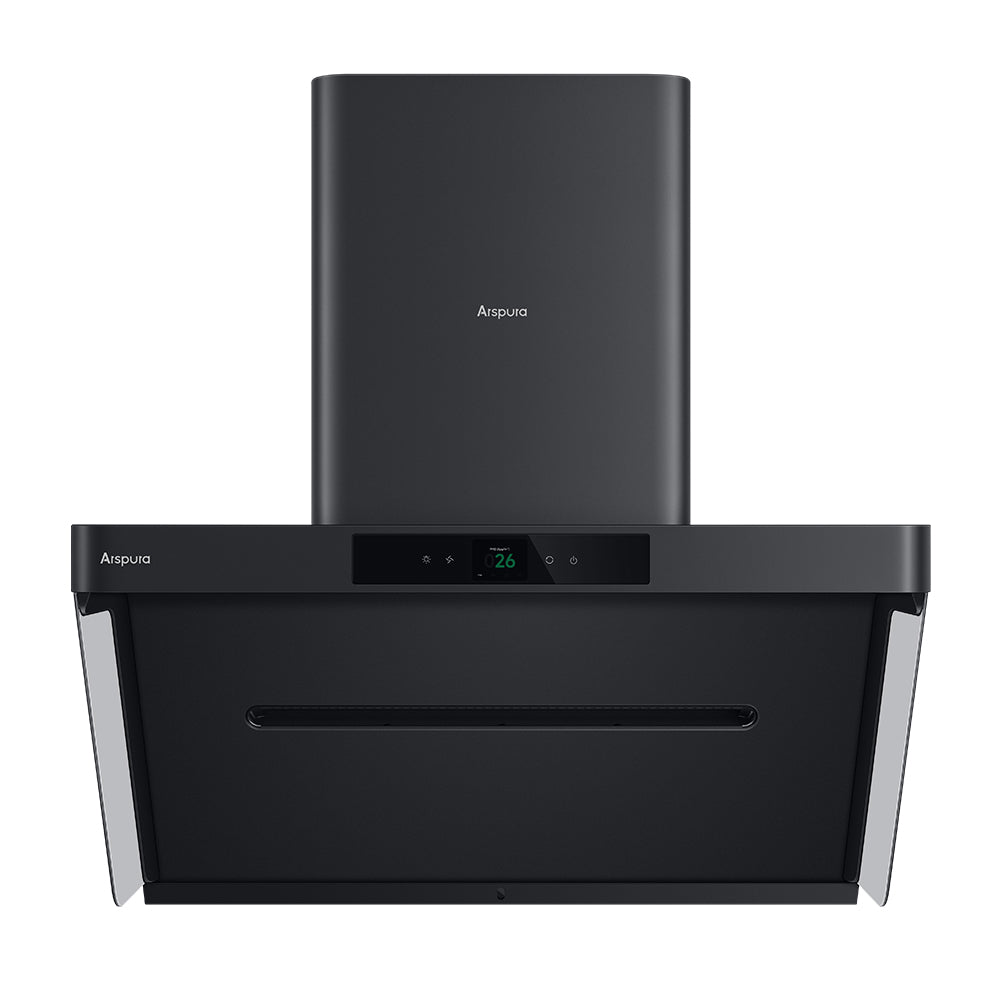Transform Your Kitchen: Secrets to Immaculate Hood Maintenance Revealed!
Maintaining a clean kitchen hood is crucial for ensuring both hygiene and functionality in your culinary space. Often overlooked, a well-maintained kitchen hood not only enhances the efficiency of your cooking environment but also contributes significantly to the overall air quality. Imagine preparing meals in a space that is both clean and free from unpleasant odors or lingering grease. Regular maintenance can prevent potential fire hazards caused by grease buildup and ensure that your kitchen remains a safe haven for cooking. In this article, we will delve into the secrets of kitchen hood maintenance, exploring essential products and services that can make the process easier and more effective.

Understanding Kitchen Hoods and Their Importance
Kitchen hoods come in various types, including wall-mounted, island, and under-cabinet hoods, each serving a vital role in keeping your kitchen clean. They work by capturing smoke, steam, and grease generated during cooking, preventing these elements from settling on your kitchen surfaces. This is particularly important in preventing grease buildup, which can pose a significant fire risk. Furthermore, a functional kitchen hood improves air quality by filtering out pollutants, allowing for a more pleasant cooking experience. When I helped my friend install a new kitchen hood, we were amazed at how quickly it cleared the air while cooking. This highlighted just how essential it is to have a reliable hood in place, not only for cleanliness but also for health and safety in the kitchen.
Essential Tools for Kitchen Hood Maintenance
To keep your kitchen hood in top shape, it’s essential to have the right tools at your disposal. A good cleaning kit typically includes degreasers specifically designed for kitchen appliances, which effectively break down greasy residues. Brushes with stiff bristles are perfect for scrubbing hard-to-reach areas, while soft microfiber cloths can be used for gentle cleaning and polishing. Additionally, using a vacuum with a hose attachment can help you clear away dust and debris that may accumulate around the hood. I remember when my sister decided to tackle her kitchen hood maintenance using a simple cleaning kit; she was pleasantly surprised by how easy it was to restore her hood to its original shine. This experience underscored the importance of having the right tools for effective maintenance.
Step-by-Step Guide to Cleaning Your Kitchen Hood
Cleaning your kitchen hood may seem daunting, but breaking it down into manageable steps can make the process straightforward. Begin by ensuring your kitchen is well-ventilated; open windows or turn on exhaust fans. First, unplug your hood or turn it off to ensure safety. Next, remove the filters and soak them in warm, soapy water to loosen grease. While the filters soak, use a degreaser on the exterior of the hood, applying it generously and allowing it to sit for a few minutes. Afterward, scrub the surface with a brush, paying attention to corners and crevices. Rinse the hood with warm water and dry it with a microfiber cloth. Once the filters are clean, reinstall them, and wipe down the area underneath the hood. This routine, when done regularly, can significantly extend the lifespan of your kitchen hood and maintain its efficiency. My neighbor shared how following this step-by-step process transformed her greasy hood back to a pristine condition, making her kitchen feel brand new.
When to Seek Professional Help
While regular maintenance is crucial, there are times when seeking professional help is advisable. If you notice an unusual buildup of grease that seems excessive or if your hood is not functioning as efficiently as it once did, it might be time to call in the experts. Additionally, if you have not cleaned your hood in over a year or are unsure how to handle electrical or complex installations, enlisting professional services can save you time and ensure that your kitchen hood is correctly maintained. A friend of mine faced a similar situation when she realized her older model was struggling to clear smoke; a professional cleaning not only restored its performance but also gave her peace of mind regarding safety.
Final Thoughts on Kitchen Hood Care
In summary, maintaining your kitchen hood is essential for promoting a safe and healthy cooking environment. By understanding the importance of kitchen hoods, utilizing the right tools, and following a step-by-step cleaning guide, you can ensure that your kitchen remains clean and functional. Don’t hesitate to seek professional help when necessary, as it can make a significant difference in the longevity and performance of your kitchen hood. Embracing these maintenance practices will not only enhance your cooking experience but also contribute to a safer home.







commentaires